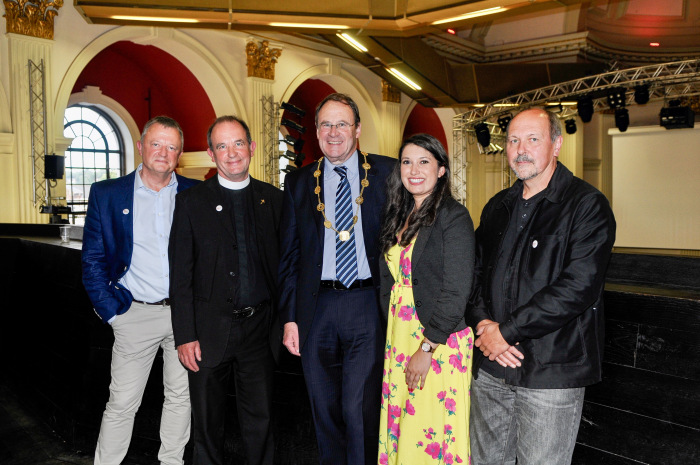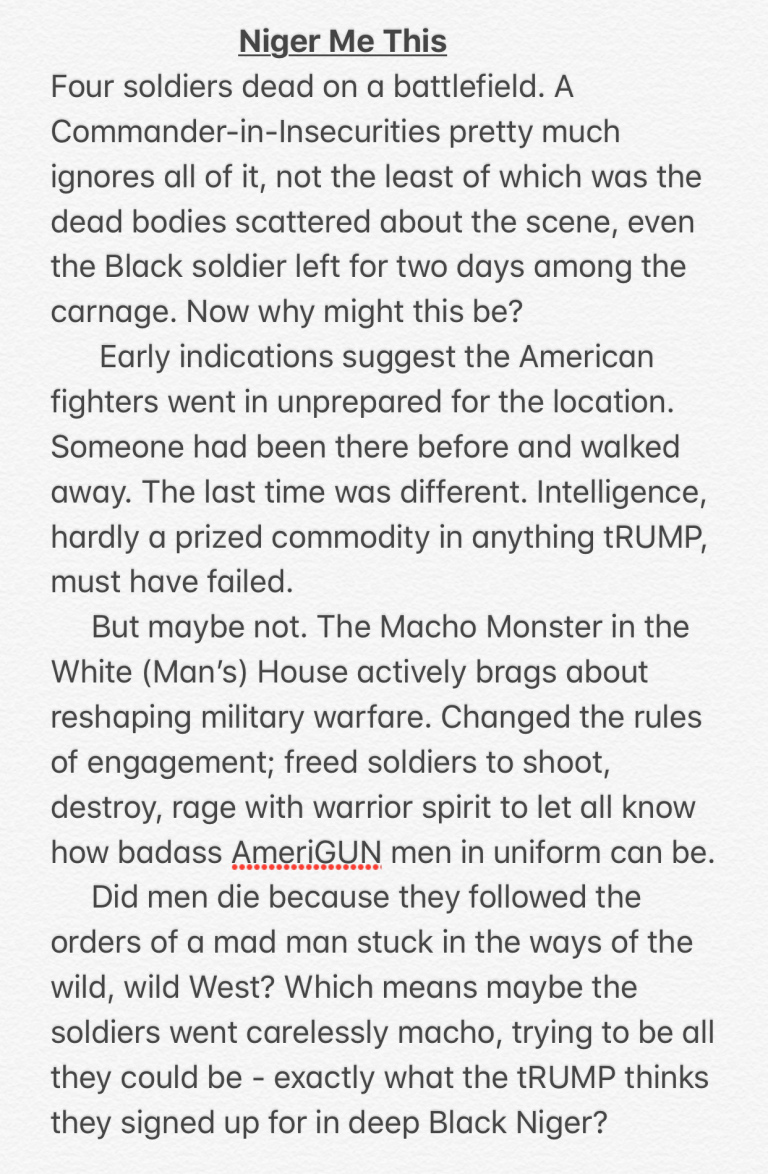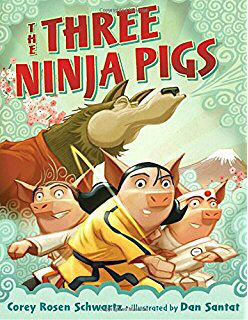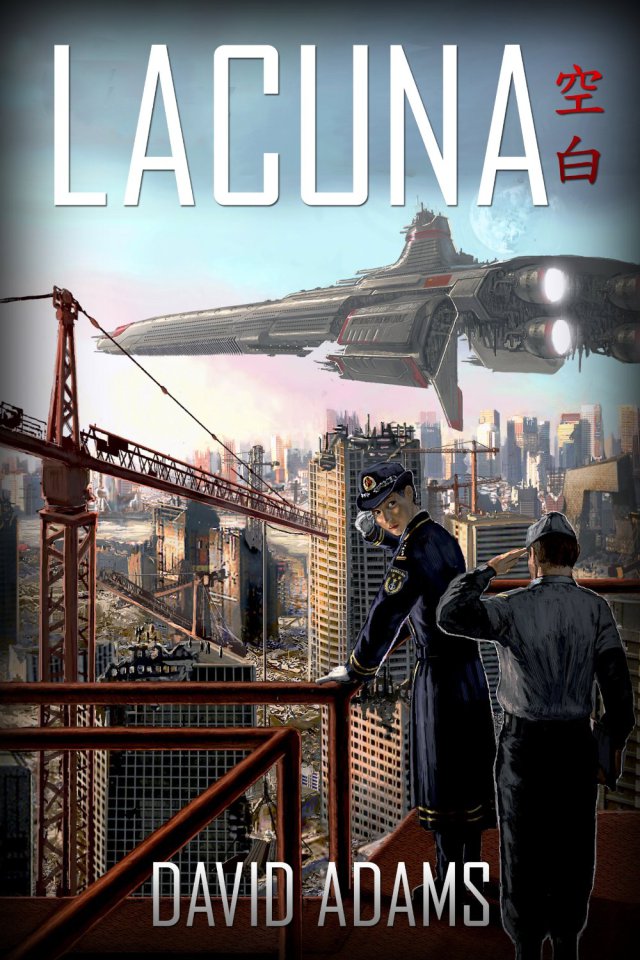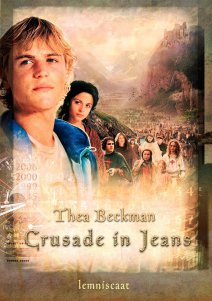 Crusade in Jeans by Thea Beckman is a fantastic historical novel about a Children’s Crusade in the year 1212 in Europe, which Amazon recommends for ages 11-14. This book was originally written in Dutch in 1973, and won several awards in the Netherlands and Italy. I read the English translation by the Lemniscaat company. Some reviewers who had read both the English and Dutch versions indicated that the English translation loses something of the original. Crusade in Jeans has also been made into a movie (A March Through Time, 2006) in Dutch.
Crusade in Jeans by Thea Beckman is a fantastic historical novel about a Children’s Crusade in the year 1212 in Europe, which Amazon recommends for ages 11-14. This book was originally written in Dutch in 1973, and won several awards in the Netherlands and Italy. I read the English translation by the Lemniscaat company. Some reviewers who had read both the English and Dutch versions indicated that the English translation loses something of the original. Crusade in Jeans has also been made into a movie (A March Through Time, 2006) in Dutch.
This is an above average summary from Goodreads:
Rudolf Hefting of Amsterdam thought he was engaged in an experiment that would take him back to the Middle Ages to a tournament of knights. But by a miscalculation of the computer, he arrives in the Rhineland at the exact time that the Children’s Crusade is passing through. A stranded traveler in time, Rudolf joins the immense children’s army — almost 10,000 strong. With Rudolf, the reader struggles to understand how it was possible that children between the ages of 6 and 15 thought they could travel across Europe, then cross the sea to drive away the Saracens from the Holy Land. They had no weapons, transportation, or money; they experienced hunger, epidemics, and death. The dreadful conditions he encounters compel him to use his 20th-century knowledge to try to create order out of chaos. In spite of himself, he becomes a leader and organizer. And along the way he also experiences loyal friendships, courage, and devotion to God. This wonderfully rich story is a winner of the Golden Pen, the most prestigious Dutch national award for children’s books.
According to Wikipedia, the Children’s Crusade probably didn’t happen just as Beckman depicts. However, scholars seem to agree that were probably some religious movements in this time period that involved groups of people of all ages traveling from city to city. But history often gets simplified, and for hundreds of years people did believe that a Children’s Crusade had taken place. Regardless of whether or not the depiction of the crusade is historically accurate, it does appear that the author researched the time period thoroughly, and the period details seem at least believable. What I liked best was when Rolf contrasts his modern way of thinking with the medieval way of thinking. For example, he is not particularly religious. Also, the society in 1212 was very stratified by class, and the poor people respected the rich just because they were rich.
In the story, Nicholas, who started the children’s crusade, told the children that the sea would part when they got to Genoa. I correctly predicted that the sea would not part (small spoiler-sorry) but I was flipping pages to find out what would happen to all the children when they arrived in that city. Along the way there are several life or death challenges in which Rolf saves his life and that of many children by using all his wits, and good teamwork.
Thank you to dedicated middle school librarian Ms. Yingling, who keeps up with new middle grade books being published to an amazing degree on her blog, who recommended this book.
Advertisements Share this: